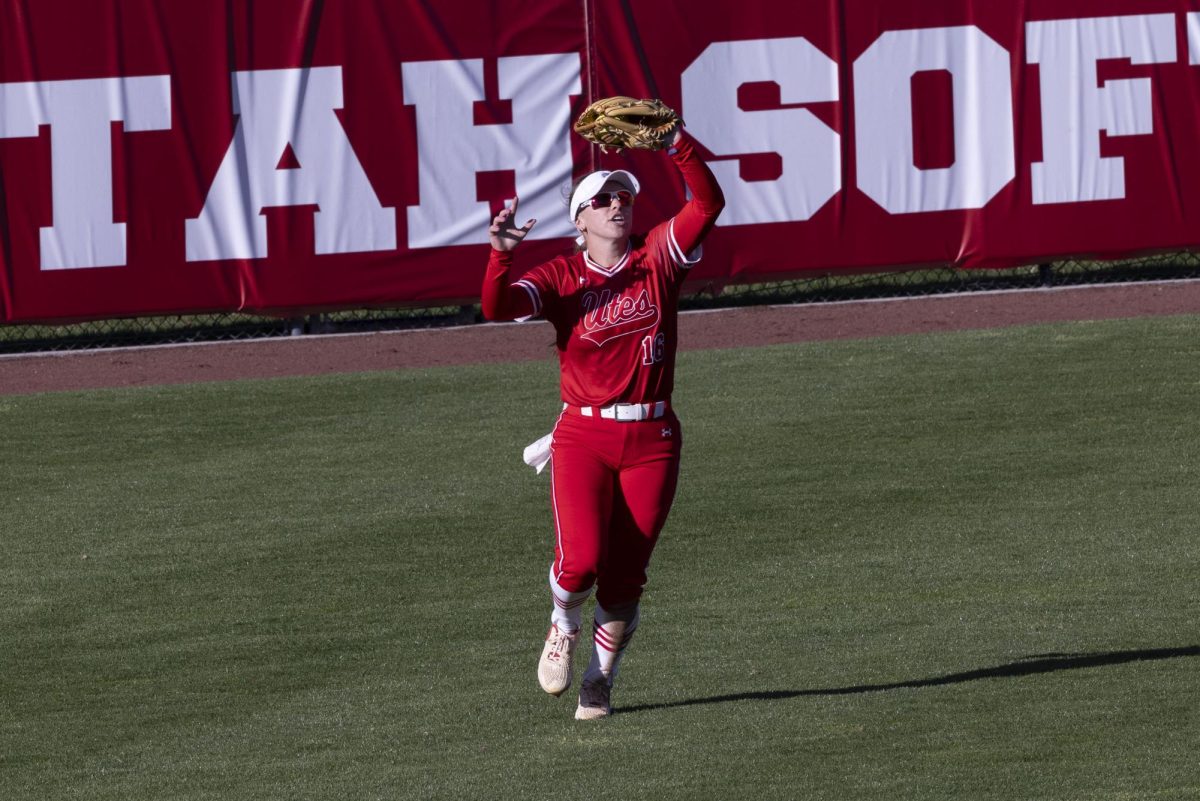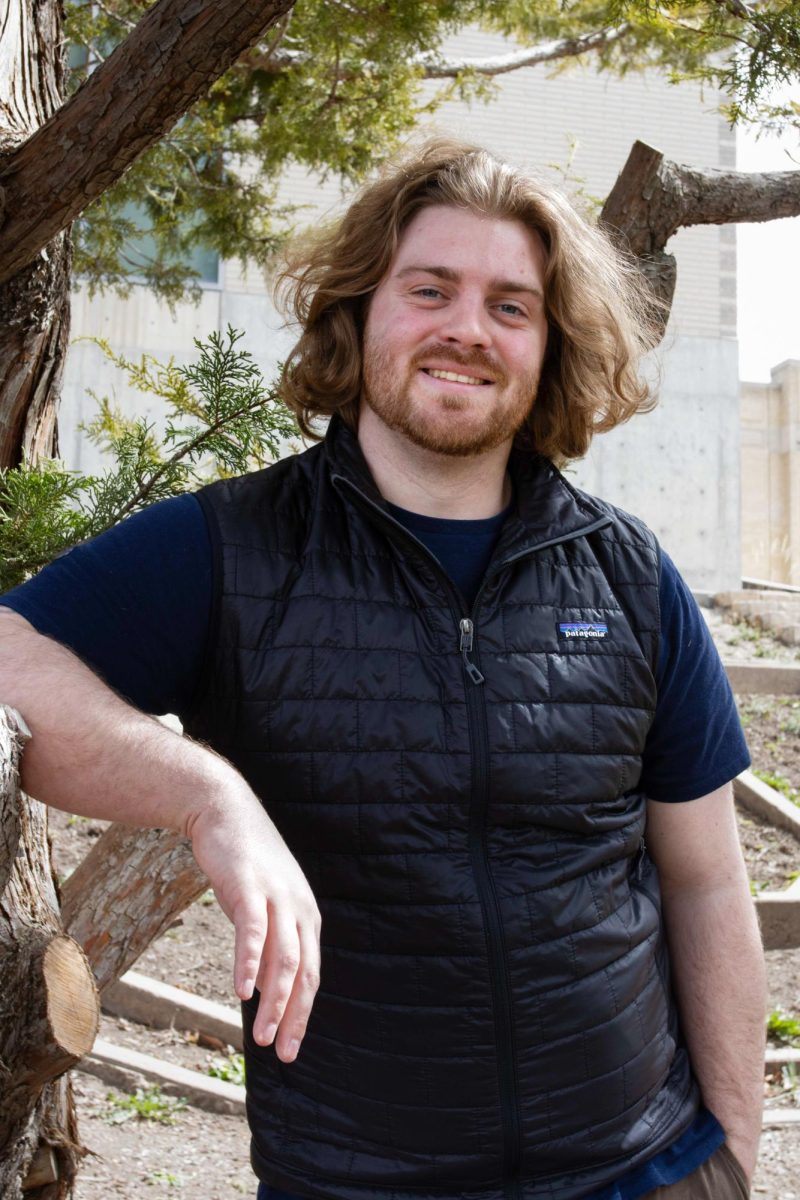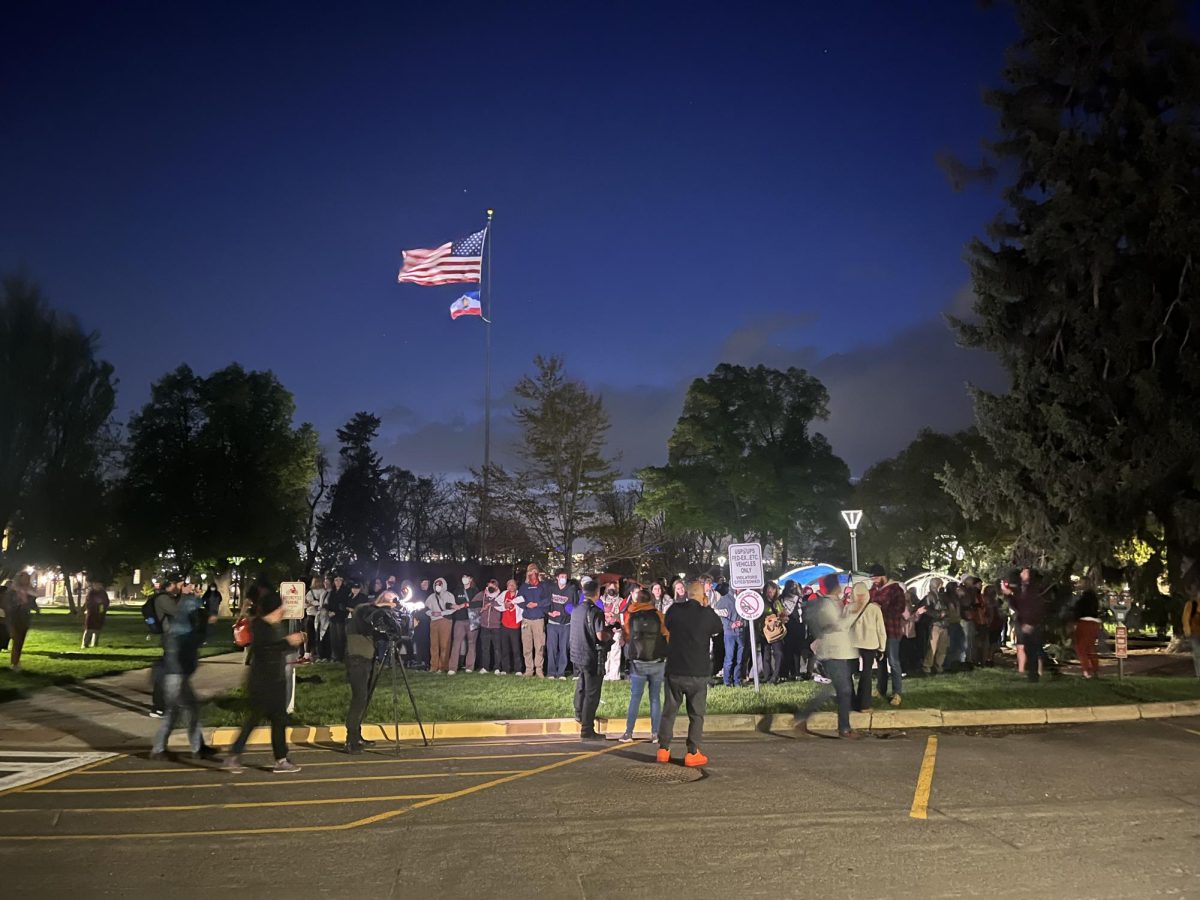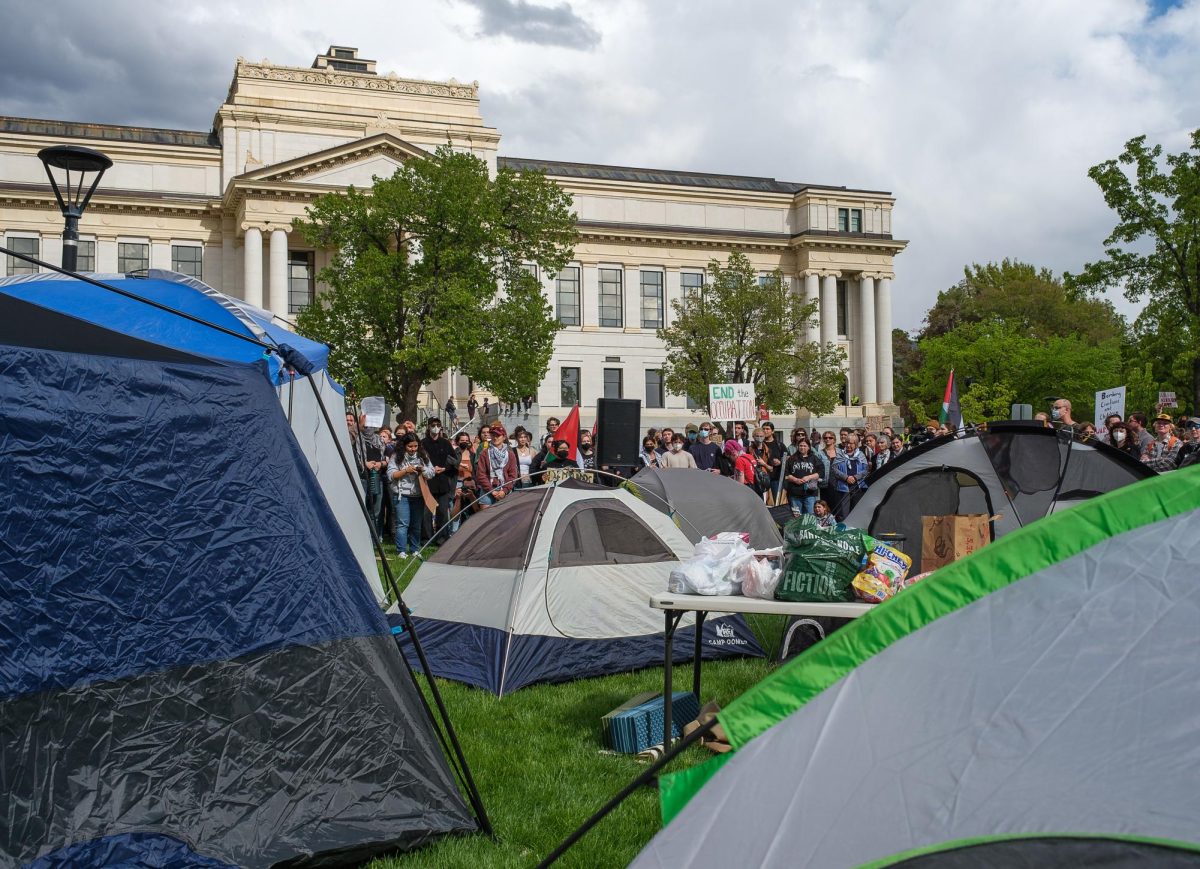Utah will see more jobs and less carbon dioxide pollution in less than a year as a local Utah company unites with U researchers to bury harmful emissions from coal power plants underground.
U researcher Brian McPherson has spent the past two years in central Utah testing the ability to push tons of carbon dioxide underground, a technique that would lower the steadily increasing number of CO2 emissions in the air, a leading national concern among environmentalists.
Through a joint venture with Headwaters Inc., a local company known for making more efficient use of natural resources, McPherson and his team of researchers will work with coal-fired power plants in Utah and Wyoming to push carbon dioxide into a site in central Utah.
“We can actually inject the carbon dioxide into the ground, almost in a liquid format,” said Jim Lepinski, director of new technology and business development for Headwaters Inc.
The combined venture, Headwaters Clean Carbon Services, will start talking to operators of three main power plants in the central Utah area about storing carbon emissions in the next few months.
The chosen site can hold emissions from about six coal power plants for the next 50 years, but the group doesn’t plan to stop there.
“We have relationships in almost every coal-fired power plant in the country,” Lepinski said. “We have a national footprint.”
The team plans to talk to plants in Wyoming and eventually around the country to set up sites similar to the one in central Utah so harmful emissions can be forced underground instead of clogging up the air.
“What we’re trying to do is develop a template that could be used around the world,” Lepinski said.
The plans are supported by legislation in California and other states requiring power plants to cut back the amount of CO2 emitted into the air.
McPherson said the Utah Department of Environmental Quality has considered writing up similar legislation, but it could be a couple years before anything goes through the House or Senate.
“Other states are working on a cap-and-trade program for carbon that would require power plants to buy credits in order to emit CO2,” Lepinski said. “If they inject it into the ground, they wouldn’t have to buy those tax credits.”
Lepinski said he’s confident Utah will enact equivalent laws within the next few years requiring power plants to work with the team to decrease CO2 emissions.
Even with legislation, the team still needs to work with the site to test for possible side effects to the environment. Lepinski said the initial site is opportune because there is less property and fewer animals that could be harmed if any emissions leaked out of the area. However, pushing tons of gas 1,000 miles below the earth could induce an earthquake or seismic activity if the ground’s stress level were adversely affected by added pressure.
McPherson has been testing the ground quality of certain sites in central Utah during the past year and said his research shows they can control the problems.
“We can control it by adjusting the injection rate or drilling more injection wells,” he said.
McPherson is also studying whether the gas could affect nearby oil.
Although he started researching the effect of burying carbon dioxide underground more than five years ago, it wasn’t until McPherson was recruited to the U through the Utah Science Technology and Research Initiative two years ago that he began drilling holes to push carbon dioxide gas into the ground.
The initiative, which was organized by the Utah Legislature to increase the number of businesses developed through research at the U and Utah State University, has hired multiple researchers like McPherson to collaborate with businesses in Utah to use upcoming research.
McPherson’s work with Headquarters Inc. will help accomplish that goal.
“The University’s innovative culture continues to bring new technologies and ideas to enhance Utah’s economy,” said Jack Brittain, vice president for technology venture development at the U, in a press release. “HCCS is exactly what the business community envisioned for USTAR. Utah ideas are being turned into Utah jobs.”









